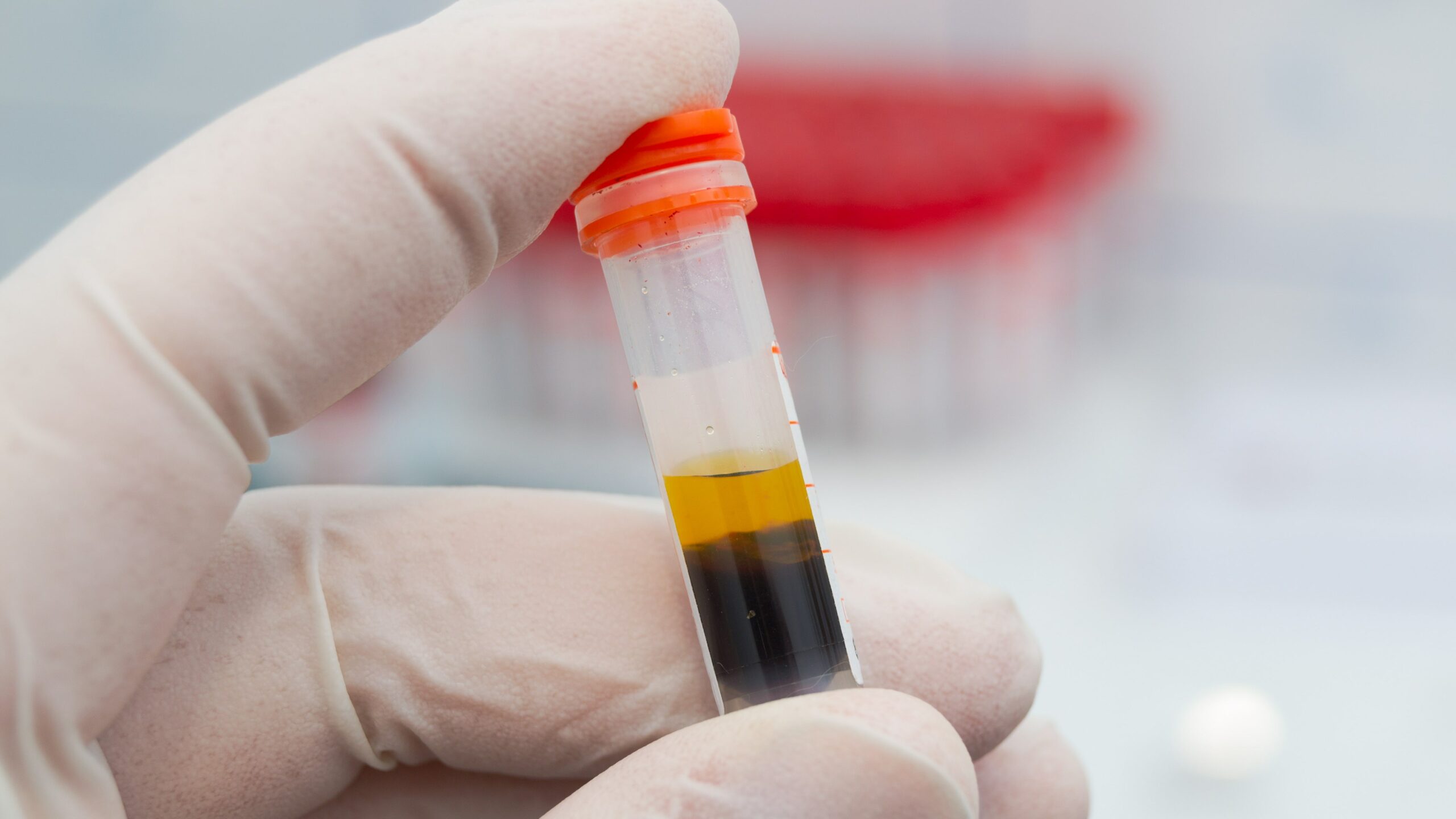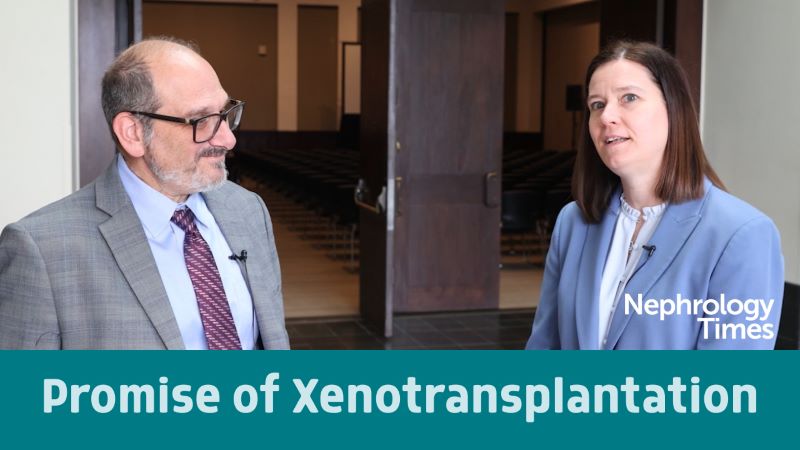
American Society of Transplant Surgeons Winter Symposium 2021
End-stage kidney disease is commonly treated with kidney transplantation. However, the number of patients on the waitlist for transplant is significantly higher than the number of available donor organs; in 2019, there were approximately 95,000 patients on the waitlist to receive a kidney allograft.
According to Obi Davies-Ekwenna, MD, of the University of Toledo Medical Center, Ohio, the donor pool could be increased with the use of high Kidney Door Profile Index (KDPI) organs as well as kidneys from small pediatric donors (en bloc). In those situations, dual kidney transplant may be associated with the best outcomes.
High KDPI organs have shorter graft survival times compared with low KDPI allografts. By identifying early signs of rejection, injury, and graft dysfunction, close monitoring may improve 1-year outcomes in patients receiving high KDPI organs. Donor derived cell-free DNA (dd-cfDNA) is an established biomarker for monitoring allograft rejection in kidney transplant recipients.
Dr. Ekwenna et al. conducted a retrospective analysis on data from nine patients who received dual or en bloc kidney transplants. Results of the analysis were reported during a virtual poster session at the American Society of Transplant Surgeons 21st Annual State of the Art Winter Symposium in a poster titled Serial Testing with Donor-Derived Cell-Free DNA Test to Monitor Dual and en Bloc Kidney Transplants for signs of Rejection.
In each patient, dd-cfDNA fractions were measured 2 to 3 weeks post-transplant using Prospera,™ a single nucleotide polymorphism (SNP)-based massively multiplexed PCR (mmPCr) assay. Four of the nine patients had elevated levels of dd-cfDNA.
Of those four, one patient experienced delayed graft function requiring dialysis, and one experienced thrombotic complications that required resection of one allograft. There was no clinical reason found for increased dd-cfDNA in the third patient; at a subsequent test 10 days later, dd-cfDNA decreased 1.7 times. The patient’s dd-cfDNA levels are being monitored. The fourth patient experienced an increase in dd-cfDNA level. Biopsy revealed acute cellular rejection; the patient was treated with thymoglobulin and steroids and ultimately had rejection of the allograft.
All other patients are stable and undergoing serial monitoring.
“Dual and en bloc kidney transplants present unique situations where increased allograft volume or other factors not yet defined may contribute to increased basal levels of dd-cfDNA. Our early experience using dd-cfDNA to monitor dual/en bloc transplant recipients suggests that serial tests, starting early, can indicate allograft health,” the researchers said.
Source: Davies-Ekwenna O, Brown ML, McCormick S, et al. Serial testing with donor-derived cell-free DNA test to monitor dual and en bloc kidney transplants for signs of rejection. Poster presented at the American Society of Transplant Surgeons virtual 21st Annual State of the Art Winter Symposium (E-poster 118), January 14, 2021. Support for this study was provided by Natera, Inc.







 © 2025 Mashup Media, LLC, a Formedics Property. All Rights Reserved.
© 2025 Mashup Media, LLC, a Formedics Property. All Rights Reserved.